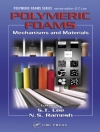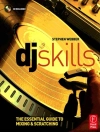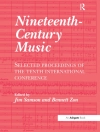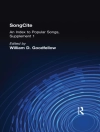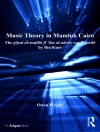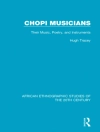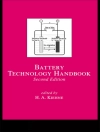This collection presents 195 carefully graded sight-reading pieces and exercises in a range of musical styles, for solo Double Bass. Taking an approach based on self-learning, the 11 sections of the book focus on developing different key technical skills as well as introducing the student to a plethora of musical terms.
Each section of the book contains solos, as well as Double Bass duets, and pieces with piano accompaniment for practising ensemble sight-reading. Suitable for preliminary, to advanced level students. Part of the comprehensive Sight-Reading series published by Schott and edited by John Kember.
İçerik tablosu
Preface – To the pupil – Section 1: Open strings, pizzicato, forte / piano – Section 2: Use of the bow (arco), 1/2 position (first finger). 3/4 time and dotted minim (3 beats). New dynamics: mf and mp – Section 3: 1st, 2nd and 4th positions. Key signatures of F, Bb, Eb majors and D minor. Slurs, and further dynamic signs – Section 4: Range up to B natural. Keys of C, G and D majors, G and C minors. New time signature of 3/8 – Section 5: Range of notes extended to D but the keys remain the same. 3rd position is introduced together with triplet figures, further use of articulation and terms of style – Section 6: Range extended to G. New keys of A, E and Ab major, F, F# and C# minor. New time signatures for 5/4, 3/8 and 6/8 – Section 7: Extending the range to B natural. Thumb position. Introducing the Tenor Clef – Section 8: Various keys, time signatures and rhythms. Introducing Db and F# majors. Rhythms include ties and some syncopation – Section 9: Various styles, keys, rhythms ans syncopations – Section 10: Range extends to D. treble clef, 7/4 time and further syncopations and anticipation. Swing rhythms and walking bass. Double flats and chord symbols – Section 11: Various styles, keys, time signatures and tonalities
Yazar hakkında
John Kember studied at Trinity College of Music, London and has enjoyed a varied career in both performing and academic spheres, ranging from teaching in schools and privately, to working as composer, arranger, pianist and conductor in Concert Halls, theatres and recording studios. Currently John is working on a number of new and exciting projects for both publication and performance. He has a busy private teaching practice in south east London and teaches for Kent Music School and the Kent Centre for Young Instrumentalists in Maidstone. John was an examiner for the Associated Board of the Royal Schools of Music from 1989 until 2005



